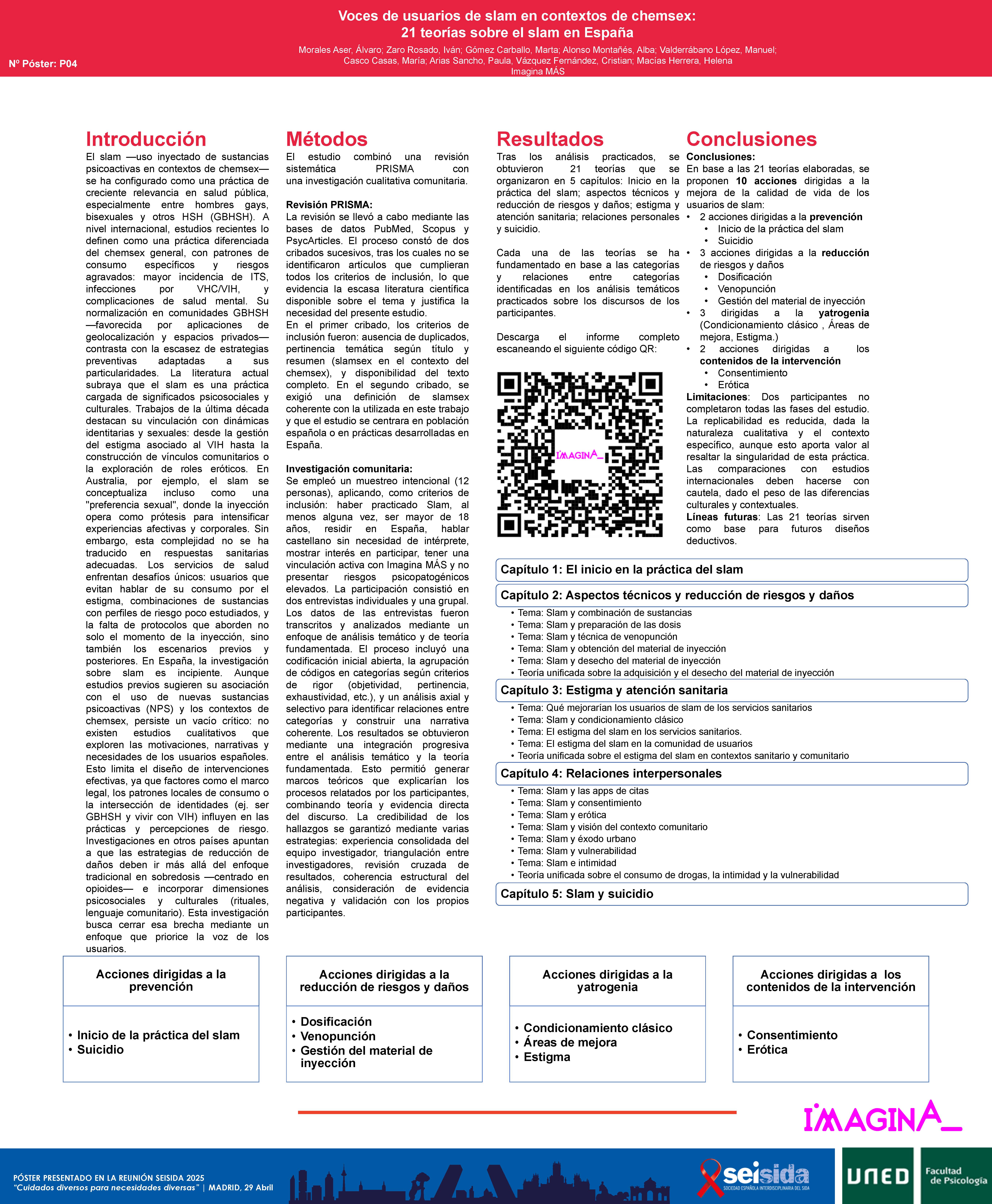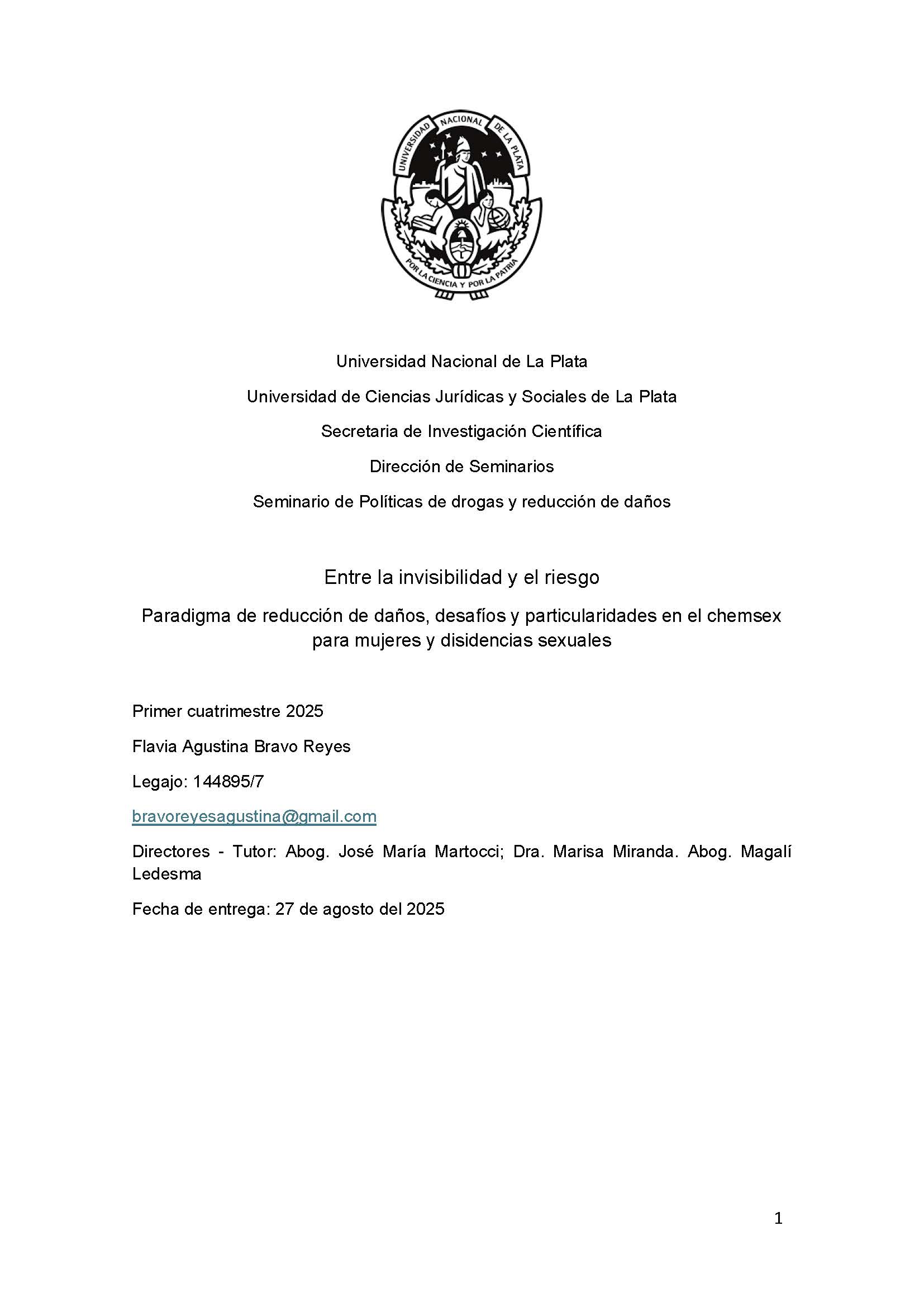Resum
Sexualized drug use (SDU) has been poorly studied among heterosexuals. The purpose of the present study was to analyze the prevalence of and gender differences in types of substances, risky sexual practices, sexually transmitted infections (STIs), motivations, and psychological adjustment among heterosexual women and men who engage in SDU. The study sample consisted of 1181 heterosexuals (795 women) between 18 and 78 years old (mean age = 24.4, SD = 7.4). Approximately
12% of the participants had engaged in SDU. No differences were found in the prevalence of SDU between men and women. Alcohol, cannabis, and 3,4-methylenedioxy-methamphetamine (MDMA) were the substances most frequently used for sexual purposes. Men were significantly more likely to use MDMA, ecstasy, cocaine, and erectile dysfunction (ED) drugs, and they tended to have more sexual partners than women. Likewise, SDU was related to have more sexual partners, penetrative sex without a condom, practice a fetish, be diagnosed with syphilis, chlamydia, and others STIs, and present more depression symptoms (but not with more anxiety). In conclusion, SDU was associated with poorer physical and mental health. It is, therefore, necessary to design programs aimed at reducing the incidence of the consequences of SDU on the physical and mental health of both men and women. Moreover, programs that seek to understand why these individuals engage in SDU should be undertaken.






